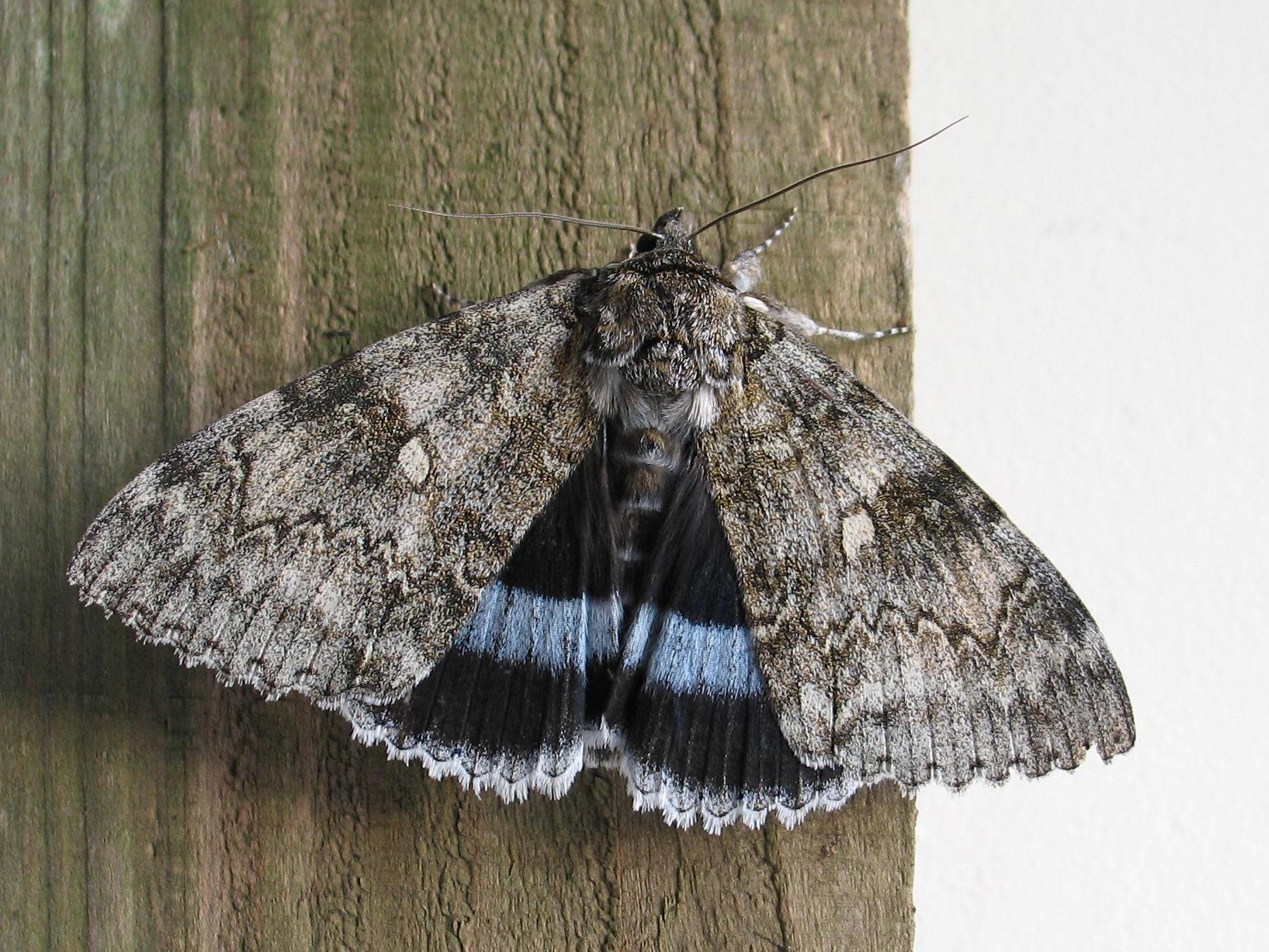Huge moth that went 'extinct' 50 years ago is back in Britain
‘The Clifden nonpareil is a fantastic addition to our wildlife and it is great to know it is resident again in the UK’

A striking blue moth that was thought to have gone extinct in Britain 50 years ago has now recolonised and is breeding, conservationists have revealed.
The Clifden nonpareil – whose name means “beyond compare” – is one of the largest and most spectacular moths native to the UK.
It has a wingspan that can reach almost 12cm and a bright blue stripe across its black hindwings, which gives rise to an alternative name of the blue underwing.
These moths have always been rare in the UK.
Historically they were established in Orlestone forest in Kent during the 1930s before declining significantly after 1956. There was also a colony established in Norfolk but there is little information on it.
Mark Tunmore, editor of Atropos journal told The Independent: “We’re not completely clear as why it declined after 1956. It may have been climatic or it may have been due to woodland management. Those are probably the main factors, but at the time there wasn’t the same knowledge and scientific research.
“After it disappeared in the 60s it went back to being a very rare migrant and certainly it was not spotted every year. Since 2000 it’s been turning up in increasing numbers,” said Mr Tunmore who says it might be getting less picky about its habitat choice.
It has long been regarded as a holy grail among moth enthusiasts and there have been numerous sightings across the south of England and Wales this year. That suggests they are now colonising Britain, as opposed to just being a migrant.

Mr Tunmore said: “Climate change is a very likely reason why it’s coming in but it’s hard to know what aspect of climate change might be helping it.”
Richard Fox, from the charity Butterfly Conservation, said: “There’s never been a better chance of a thrilling encounter with this impressive insect. This year, the Clifden nonpareil is turning up all over southern Britain, in the Midlands, East Anglia and Wales, in Ceredigion and Monmouthshire, as well as in south coast counties.
“The Clifden nonpareil is a fantastic addition to our wildlife and it is great to know that it is resident again in the UK, after an absence of 40 years or so.
“Its caterpillars feed unnoticed up in the canopies of aspen and poplar trees, so the adult moths are the best indication of how widely established this species now is.”
The moth’s forewings are camouflaged so it can blend in with tree bark or a stone wall. However, if it is spotted it snaps open its forewings and displays the bright blue colour which confuses the birds, giving the moth a few seconds to get away.
People are being asked to record sightings of the Clifden nonpareil and other moths on the Moth Night website, which was founded by Mr Tunmore.
He said: “September is a special time for studying moths in the British Isles, with a colourful range of resident species mixing with more exotic species from Europe or even North Africa as warm air currents sweep them northwards.
“Already this year, we have received reports to our migrant insect news service, Flight Arrivals, of Clifden nonpareil sightings from Cornwall, Devon, Sussex, Warwickshire, Suffolk, Dorset, Kent, Norfolk, Somerset and Northamptonshire.
“Some of these are likely to be immigrants and some part of the recently established resident populations.
“When we started Moth Night 20 years ago, this moth was a very rare immigrant but it is now becoming familiar to moth enthusiasts across southern Britain.
“This illustrates just how quickly change can take place and that’s why moths are such a fascinating group of insects to study.
“Coming at the peak of the Clifden nonpareil season, Moth Night 2019 is a fantastic opportunity to map the current range of this species in Britain.”
Additional reporting by PA
Join our commenting forum
Join thought-provoking conversations, follow other Independent readers and see their replies
Comments
Bookmark popover
Removed from bookmarks